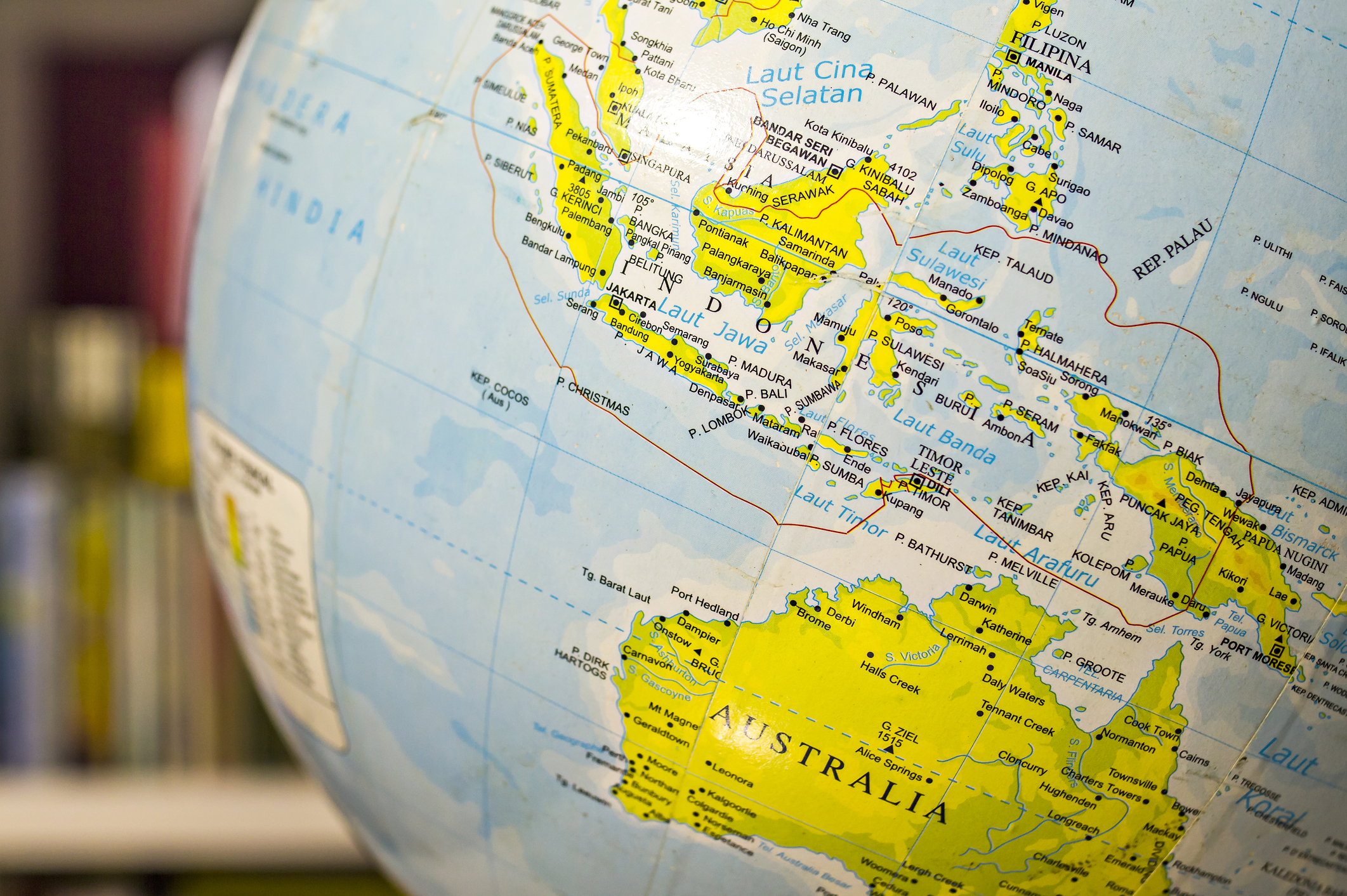By Robbin Laird
After the Williams Foundation Seminar held on September 28, 2022, I had a chance to discuss some of the takeaways with regard to the way ahead for Australian defence with my colleague Air Vice-Marshal (Retired) John Blackburn.
We started by focusing on how in reshaping the ADF and the defence ecosystem in Australia to deal with the direct threats to Australia posed in the Indo-Pacific, a much broader focus is required than simply on the ADF and its role as a professional force.
Blackburn underscored that “our defence force is professional and capable but it is small. And it relies on a civilian infrastructure which is fairly limited as well.
“When we focus on ways to ramp up the capabilities of the force, this will not come with simply buying shiny new platforms. As we re-design and reshape the force with increased numbers of personnel, training is a key part of the effort.
“And to manage disruptions as we look in the near to mid-term to add new force enablers, such as robotic systems, is a challenge to be dealt with as well. We need to be able to fight in the near term which means that we cannot simply just reorganise the force to the point of reducing operational capabilities.”
Another key aspect of the focus of attention is upon how to enhance the resilience of Australian society in support of the direct defence of Australia. This requires as well building an enhanced industrial base in Australia and shape mobilization potential to deal with crises.
But how does one build or participate in a wider allied “arsenal of democracy,” when the Western economies are service-oriented and with the challenges to re-industrialization posed by the geopolitical crisis associated with energy production and oft stated goal of dealing with a “climate emergency”?
As Blackburn noted: “When we mobilized in World War 2, we were part of a wider American-led effort to shape an arsenal of democracy. Now we are a services and mineral extraction economy so how do we now build relevant industrial capabilities to support mobilization?”
We then discussed the impact of globalization in obscuring the dependencies the liberal democracies have built with their authoritarian competitors. Clearly, what is needed is an effort to understand and shape reliable and secure supply chains.
This means that governments and the society actually have to understand the security implications of globalized economic actions and how to manage them and with whom. This also means sorting through who specific partners are in specific and discrete supply chain areas of interest and that can be trusted. This could be done in part by government actually building data bases that can support such an effort, and with all the hype about artificial intelligence, perhaps these data bases could provide dynamic input into reliable supply chain decision making approaches and policies.
Blackburn has focused for some time in his work on ways to shape understanding and policies to deal with the resilience challenge associated with fragile supply chains. “We need to target specific areas in terms of key supplies. As a country of 26 million people, we are not going to be sovereign in terms of ownership of a complete capability to defend ourselves. This means that we need to lead an effort with allies to understand what critical supplies we will need and how we are going to build ways to ensure trade flows in times of crisis.”
What is required in the shift to the priority in the direct defence of Australia is a degree of honesty about alliances, partnerships, and vulnerabilities in terms of mobilization potential for Australia on its own. Australia cannot only depend on an ally to show up and protect its interests. It cannot assume that it can engage in extended defence with the existing level of defence supplies or mobilizable in the near term.
How then to shape a more realistic discussion and policy in terms of how Australia can defend itself albeit within an alliance context?
As Blackburn forcefully emphasized: “the very starting point for what we need to do is being really honest about what the situation for Australian defence is and what we can and can’t do when crises come. As a nation, we are not facing that reality. We are not being brutally honest about our risks and vulnerabilities when facing a complex threat posed by the various dimensions of power which China possess and exercises. Business as usual is no longer acceptable. Spending more money on defence systems alone is not going to solve the problems in and of themselves.
“The scale of the potential threats requires a change in the national approach and generating change as well within our broader relationships with allies and partners. The way ahead for defence is not simply to discuss platforms or equipment. It is about how to change the national ecosystem for national resilience and mobilization potential across our alliances and partnerships.”
Looking at the current situation in Ukraine, Blackburn posed this question: “One of the questions we had to look at is how do we think the Australian population would respond to a large-scale mobilisation? One of Australia’s challenges is that we have a complacent culture and the world we have entered does not prioritize complacency.
“What we need to be able to do is not only to project power in our region, but to do so with as much resilient strategic depth as we can muster with an alliance effort where we have allies who are on the same page.”
Featured graphic: Photo 178979193 / Australian Map © Sonyasgar | Dreamstime.com


